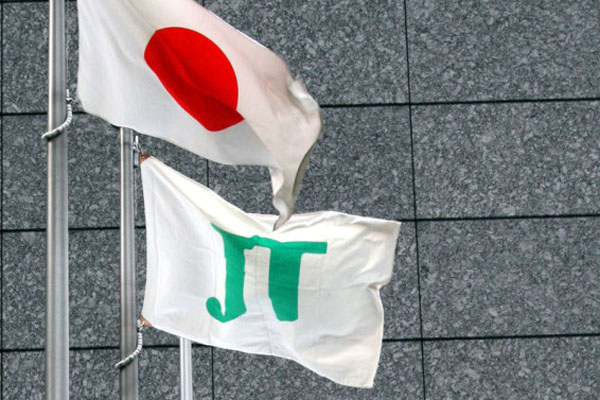Japan Tobacco Inc. reported today that its domestic cigarette sales volume during the six months to the end of June, at 46.8 billion, was down by 11.2 percent on that of the six months to the end of June 2016, 52.7 billion.
At the same time, industry volume was said to have been down by 11.0 percent from 86.2 billion to 76.8 billion.
JT said that its volume and that of the industry had been affected mainly by the expansion of the tobacco vapor category and a continuing market decline.
JT’s market share during the period was said to have been 61.0 percent, unchanged from the level of the previous year.
Core revenue for the domestic tobacco business fell by 7.6 per cent to ¥294.4 billion and adjusted operating profit was down by 7.4 percent to ¥12.0 billion.
Meanwhile, Japan Tobacco International’s total tobacco (including cigarettes, fine-cut, cigars, pipe tobacco and snus, but excluding water-pipe tobacco, emerging products and contract manufactured goods) shipment volume during the six months to the end of June, at 193.2 billion, was down by 3.3 percent on that of the six months to the end of June 2016, 199.7 billion.
JTI’s Global Flagship Brand (GFB) shipment volume was unchanged at 140.8 billion.
JT reported that a strong performance, primarily in Iran and Taiwan, had been unable to offset the impact of industry volume contractions in several markets and the unfavorable inventory comparisons of the first quarter. GFB shipment volume had remained stable because of market share gains in several key markets.
JTI’s core revenue fell by 1.2 percent to ¥577.2 billion, while adjusted operating profit rose by 1.0 percent to ¥195.1 billion.
“In the first half, we achieved continued growth in the group’s adjusted operating profit at constant currency driven by the international tobacco and pharmaceutical businesses, despite an increasingly uncertain and challenging operating environment,” said Mitsuomi Koizumi, president and CEO of JT, in commenting on the consolidated results.
“We’ve seen high earnings growth in the international tobacco business, for which our well-planned and executed cost optimization initiative is bearing fruit, as well as higher royalty revenues in the pharmaceutical business which also contributed to the group’s profit increase.
“In the Japanese tobacco business, cigarette industry volume decline puts further pressure on us, resulting in adjustments to our business performance.
“In the meantime, our promising tobacco vapor product, Ploom TECH, continues to receive strong interest from consumers in Tokyo, where we launched at the end of June. Given the unique features of Ploom TECH as well as our commitment and resources, we are confident to win in the increasingly competitive Japanese tobacco vapor category in the mid-term.
“As announced, 2017 has proved to be a particularly difficult year for us, however, we remain committed to investing for future sustainable profit growth and will continue to do so during the rest of this year.”







